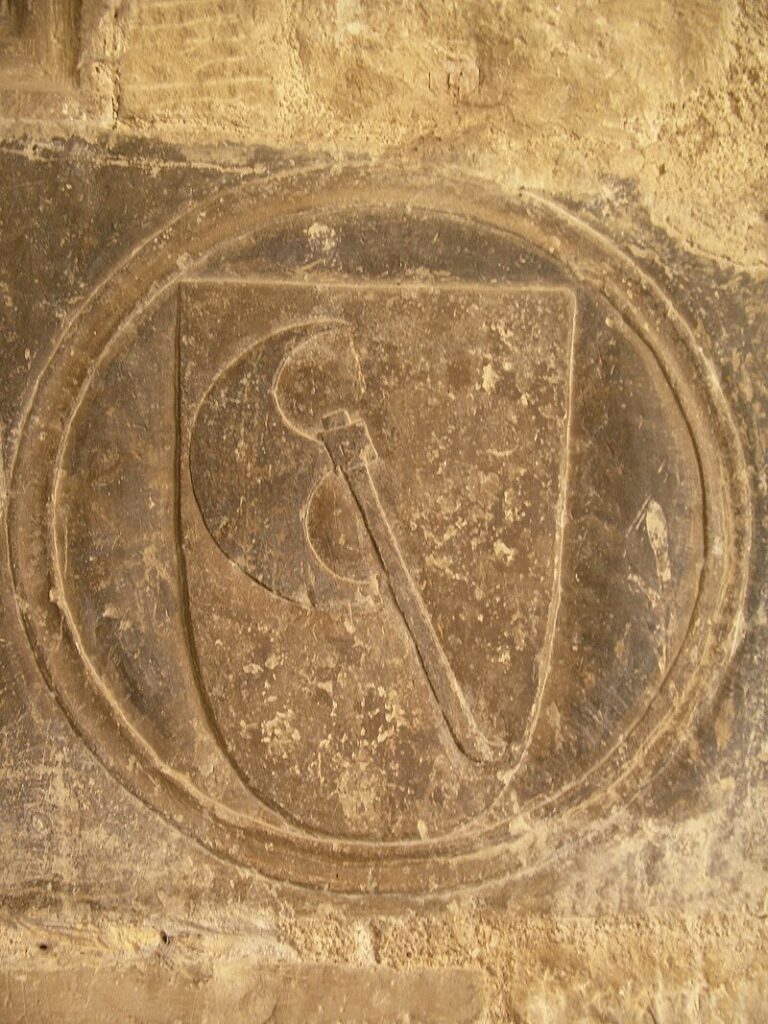Men, I quote it here for you. Your foremothers died protecting your homelands you now are giving freely to kikes, moslens, terrorists and rapists. Why did they do it? Because their men did not. Now you also do not instead you give your underage daughters to rapists. And not only that, you give them money – not yours since you are young, but the tax money that were gained through hardest labour of your mothers and foremothers since you have feminism for a century already and your mothers worked day and night to provide for you. This money that is now in your budget, … that is not anymore in your budget but in the pocket of your local liberal governmental jews. This was gained by your Ancestors, your very country was fought for by your Ancestors. Now I wish you to hear a story about them.
Here is the story about the Medieval era. These were times when people simply loved their countries, cared about their culture and were grateful to their protectors.

Here is a description taken from Ashmole, The Institution, Laws, and Ceremony of the Most Noble Order of the Garter (1672), Ch. 3, sect. 3:
“The example is of the Noble Women of Tortosa in Aragon, and recorded by Josef Micheli Marquez, who plainly calls them Cavalleros or Knights, or may I not rather say Cavalleras, seeing I observe the words Equitissae and Militissae (formed from the Latin Equites and Milites) heretofore applied to Women, and sometimes used to express Madams or Ladies,though now these Titles are not known.
“Don Raymond, last Earl of Barcellona (who by intermarriage with Petronilla, only Daughter and Heir of King Ramiro the Monk, united that principality to the Kingdom of Aragon) having in the year 1149, gained the City of Tortosa from the Moors, they on the 31 of December following, laid a new Siege to that place, for the recovery of it out of the Earls hands. The Inhabitants being a length reduced to gread streights, desired relief of the Earl, but he, being not in a condition to give them any, they entertained some thoughts of making a surrender. Which the Women hearing of, to prevent the disaster threatning their City, themselves, and Children, put on mens Clothes, and by a resolute sally, forced the Moors to raise the Siege.
“The Earl, finding himself obliged, bythe gallentry of the action, thought fit to make his acknowlegements thereof, by granting them several Privileges and Immunities, and to perpetuate the memory of so signal an attempt, instituted an Order, somewhat like a Military Order, into which were admitted only those Brave Women, deriving the honor to their Descendants, and assigned them for a Dadge, a thing like a Fryars Capouche, sharp at the top, after the form of a Torch, and of a crimson colour, to be worn upon their Head-clothes. He also ordained, that at all publick meetings, the women should have precedence of the Men. That they should be exempted from all Taxes, and that all the Apparel and Jewels, though of never so great value, left by their dead Husbands, should be their own.
“These Women (saith our Author) having thus aquired this Honor by their personal Valour, carried themselves after the Military Knights of those days.” Jeanne Hachette, who fought to repel a Burgundian assault on the town of Beauvais in 1472. The King exempted her from taxes, and ordered that, in an annual procession to commemorate the event, women would have precedence over men. This story seems to be a carbon copy of the Order of the Hatchet story…
In Italy, the Order of the glorious Saint Mary, founded by Loderigo d’Andalo, a nobleman of Bologna in 1233, and approved by pope Alexander IV in 1261, was the first religious order of knighthood to grant the rank of militissa to women. This order was suppressed by Sixtus V in 1558.
In the Low Countries, at the initiative of Catherine Baw in 1441, and 10 years later of Elizabeth, Mary and Isabella of the house of Hornes, orders were founded which were open exclusively to women of noble birth, who received the French title of chevalière or the Latin title of equitissa. In his Glossarium (s.v. militissa), Du Cange notes that still in his day (17th c.), the female canons of the canonical monastery of St. Gertrude in Nivelles (Brabant), after a probation of 3 years, are made knights (militissae) at the altar, by a (male) knight called in for that purpose, who gives them the accolade with a sword and pronounces the usual words.
In England, ladies were appointed to the Garter almost from the start. In all, 68 ladies were appointed between 1358 and 1488, including all consorts. Though many were women of royal blood, or wives of knights of the Garter, some women were neither. They wore the garter on the left arm, and some are shown on their tombstones with this arrangement. After 1488, no other appointments are known, although it is said that the Garter was granted to a Neapolitan poetess, Laura Bacio Terricina, by Edward VI. In 1638, a proposal was made to revive the use of robes for the wives of knights in ceremonies, but it came to nought. (See Edmund Fellowes, Knights of the Garter, 1939; and Beltz: Memorials of the Order of the Garter).
Unless otherwise noted, all the above is from the book by H. E. Cardinale, Orders of Knighthood, Awards and the Holy See, 1983. The info on the order of the Hatchet is reproduced elsewhere as well, e.g., a Spanish encyclopedia. I have seen the order of glorious Saint Mary discussed elsewhere, but without mention of women. I have yet to identify the orders of the Hornes family.
